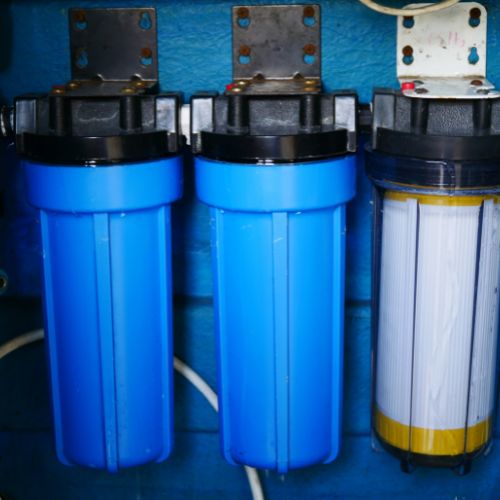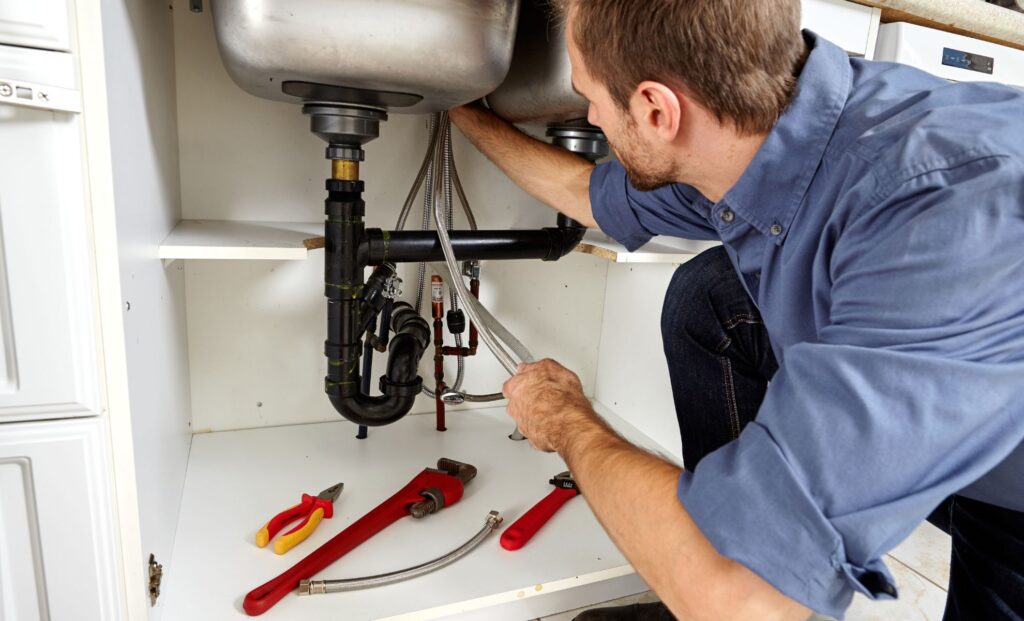Are you experiencing problems with your fridge? Does it not seem to be working correctly? If so, you might need to call in the plumbers! Fridge plumbing is a system that enables water and food to flow from one appliance to another without having to go through the kitchen sink or the water line. In this article, we’ll outline the basics of fridge plumbing and explain how it works. We’ll also elucidate the different types of fridges on the market and discuss some common fridge plumbing problems and how to fix them. Finally, we’ll give you some tips for fridge maintenance so that your appliance lasts longer and performs better!
What is fridge plumbing?
Fridge plumbing refers to the system of pipes and valves that connect a refrigerator to a water source. This system is necessary to provide the fridge with a steady water supply for the ice maker and water dispenser if it has one. The fridge plumbing system typically includes a shut-off valve, a supply line, and a water filter. The shut-off valve controls the water flow to the refrigerator, while the supply line carries the water from the valve to the fridge. The water filter removes any impurities or contaminants from the water before it is dispensed or used to make ice. Proper installation and maintenance of the fridge plumbing system are essential to ensure that the refrigerator is able to function correctly and to prevent any water damage or leaks.
In most cases, the fridge plumbing system is connected to the home’s main water supply line, usually located under the kitchen sink or in a nearby utility closet. The supply line is typically made of flexible material, such as braided stainless steel or plastic, and is attached to the shut-off valve using compression fittings. The shut-off valve controls the water flow to the refrigerator and can be turned off when the fridge is not in use, such as when the home is unoccupied or during a vacation. The water filter is usually located near the shut-off valve and is responsible for removing any impurities or contaminants from the water before it enters the refrigerator.

How does it work?
The fridge plumbing system uses a supply line to bring water from the home’s main supply line to the refrigerator. The supply line is typically made of flexible material, such as braided stainless steel or plastic, and is attached to the shut-off valve using compression fittings. The shut-off valve controls the water flow to the refrigerator and can be turned off when the fridge is not in use, such as when the home is unoccupied or during a vacation. The water then flows through the filter, which removes any impurities or contaminants, and into the refrigerator. Inside the fridge, the water is used to fill the ice maker’s ice tray and to dispense water through the water dispenser if the fridge is equipped with one. The water that is not used is typically stored in a small tank inside the fridge and is recycled back into the supply line when more water is needed.
The different types of fridges
There are several different types of refrigerators available on the market, each with its unique features and characteristics. Some of the most common types of refrigerators include:
- 1. Top-Freezer Refrigerators: These are the most traditional and economical type of fridge, with the freezer on the top and the refrigerator on the bottom.
- 2. Bottom-Freezer Refrigerators: These fridges have the freezer on the bottom and the refrigerator on the top, making it easier to access fresh food without bending down.
- 3. Side-by-Side Refrigerators: These fridges have the freezer and refrigerator side by side, with the freezer typically being slightly narrower than the fridge.
- 4. French Door Refrigerators: These fridges have two doors on the top, with the freezer on the bottom.
- 5. Compact Refrigerators: These fridges are smaller in size and are typically used in areas where space is limited, such as in a dorm room or office.
- 6. Built-In Refrigerators: These fridges are designed to be installed into the cabinetry and can be customized to match the surrounding kitchen design.
- 7. Freezerless Refrigerators: These fridges do not have a separate freezer compartment and are designed for those who do not need to store frozen items.
Each type of fridge has its benefits and drawbacks, and the best option for a particular individual or family will depend on their specific needs and preferences. Canstar Blue has a great fridge buying guide available here.

Fridge plumbing problems and how to fix them
Fridge plumbing problems can be a significant inconvenience, as they can prevent your fridge from properly cooling or freezing your food. Some common fridge plumbing issues include clogged water lines, leaking water lines, and malfunctioning ice makers. To fix these issues, you may need to clean or replace the water filter, tighten any loose connections, or replace damaged water lines. If the problem persists, it may be necessary to call a professional plumber to diagnose and repair the issue. In the meantime, you can try troubleshooting by checking for any visible damage or blockages in the water lines and making sure the water supply to the fridge is turned on. By addressing fridge plumbing problems promptly, you can ensure that your fridge is functioning correctly and keeping your food fresh.
One of the first things to check if you are experiencing fridge plumbing problems is the water filter. If the water filter is clogged or dirty, it can restrict the water flow to the fridge, causing problems with the ice maker and water dispenser. To fix this issue, you can try cleaning the water filter or replacing it with a new one. If the problem persists after changing the water filter, it may be necessary to check the water supply lines for any blockages or damage.
Tips for refrigerator maintenance
Here are some tips for maintaining your refrigerator:
- 1. Keep the coils clean: The waves on the back or bottom of your refrigerator help to dissipate heat and keep the appliance running efficiently. Make sure to vacuum or brush them off regularly to prevent dust and dirt buildup.
- 2. Check and replace the seal: Over time, the seal around the door of your refrigerator can become worn or damaged, leading to leaks and wasted energy. Make sure to check the seal regularly and replace it if necessary.
- 3. Keep it organized: A cluttered refrigerator can make it difficult to find what you’re looking for and lead to wasted food. Take the time to organize your fridge by grouping similar items together and using storage bins to keep things in place.
- 4. Clean the interior: It’s essential to regularly clean the inside of your fridge to prevent the buildup of bacteria and odors. Use a mild detergent and warm water to wipe down the shelves and drawers, and throw out any old or expired food.
- 5. Keep an eye on the temperature: Your fridge should be set to a temperature between 34-40°F, and your freezer should be set to 0°F. Use a thermometer to check the temperature regularly and adjust the settings if necessary.
By following these simple maintenance tips, you can help to ensure that your refrigerator is running efficiently and effectively, saving you money on energy costs and keeping your food fresh.
How to clean your fridge Plumbing
Cleaning the plumbing in your fridge is an essential part of maintaining the appliance and ensuring it runs smoothly. To begin, start by shutting off the water supply to your fridge. This can usually be done by locating the shut-off valve behind the appliance or underneath the sink. Once the water is shut off, locate the filter and remove it from the fridge. If the filter is clogged, this can cause issues with the fridge’s plumbing. Next, use a small brush or toothbrush to clean the inside of the water line. This will help remove any debris or build-up that may be causing problems. Finally, reattach the water filter and turn the water supply back on. This should help restore proper functioning to your fridge’s plumbing.
Conclusion
Fridge plumbing is an essential part of any kitchen, and it’s important to know how it works and how to maintain it. In this blog, we’ve covered everything you need to know about fridge plumbing, from the different types of fridges to the different ways to fix fridge plumbing problems.
At EZI Plumbing, we understand the importance of fridge plumbing maintenance and will do our best to help you keep your appliance running smoothly.

